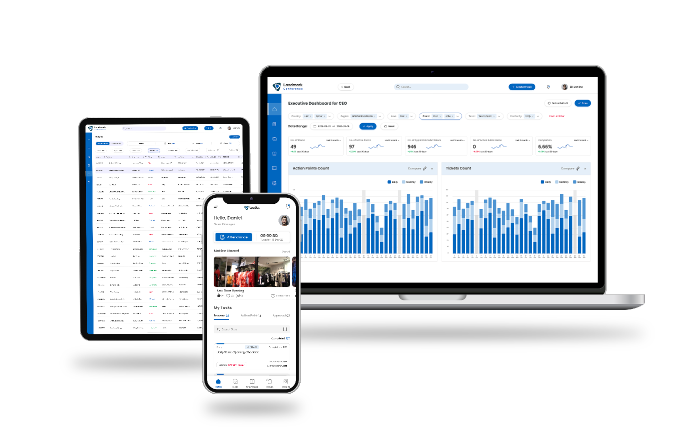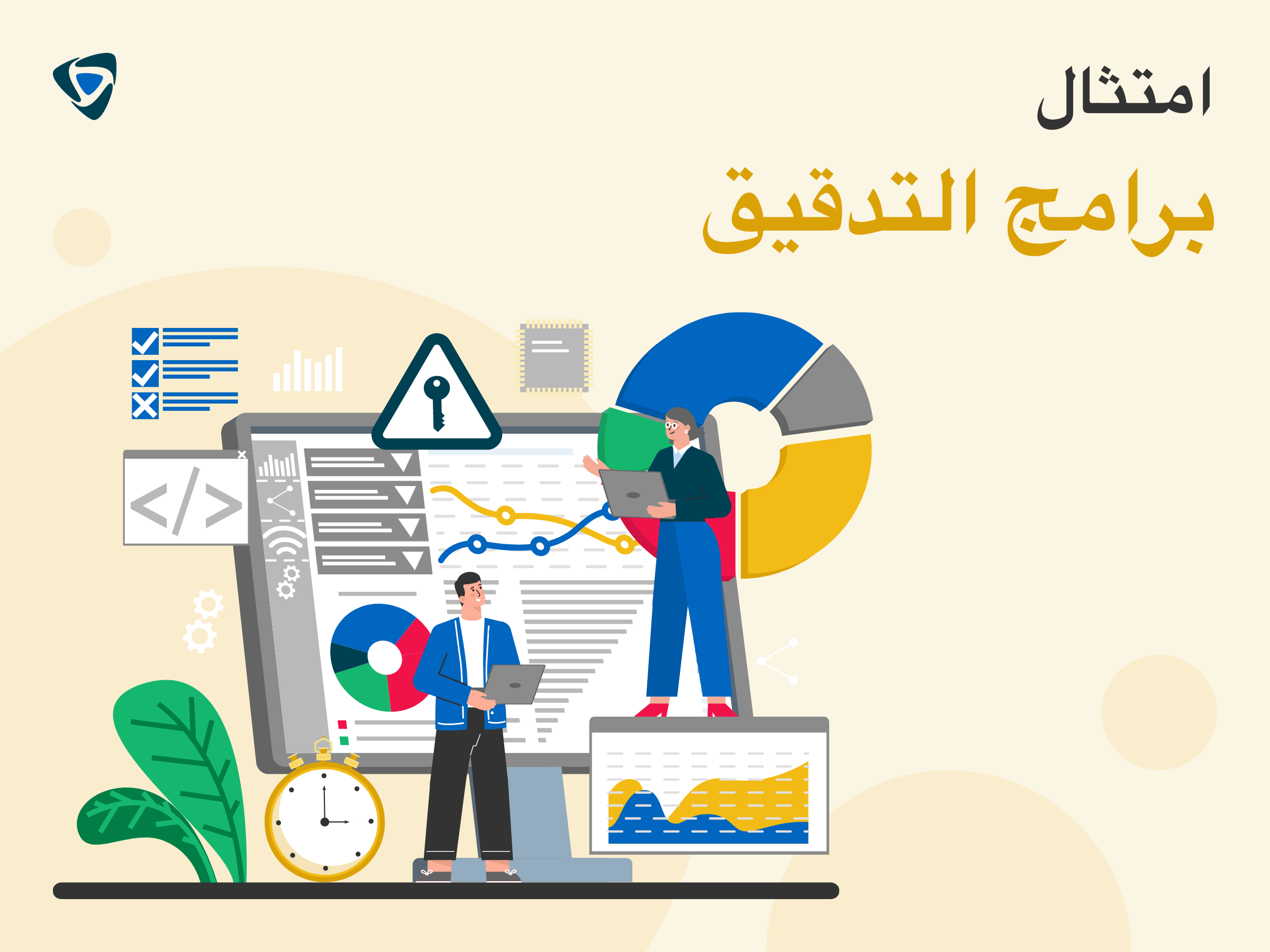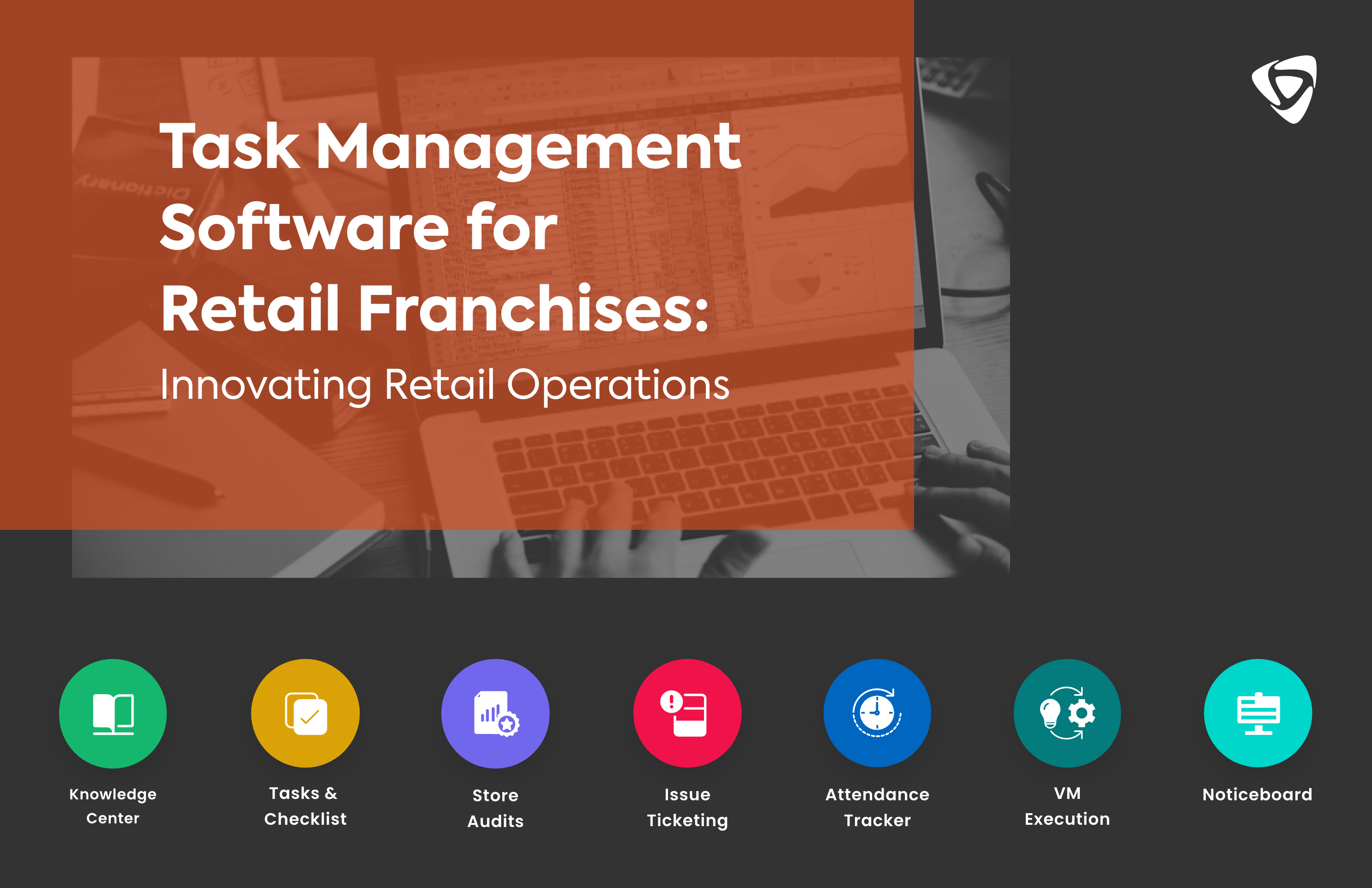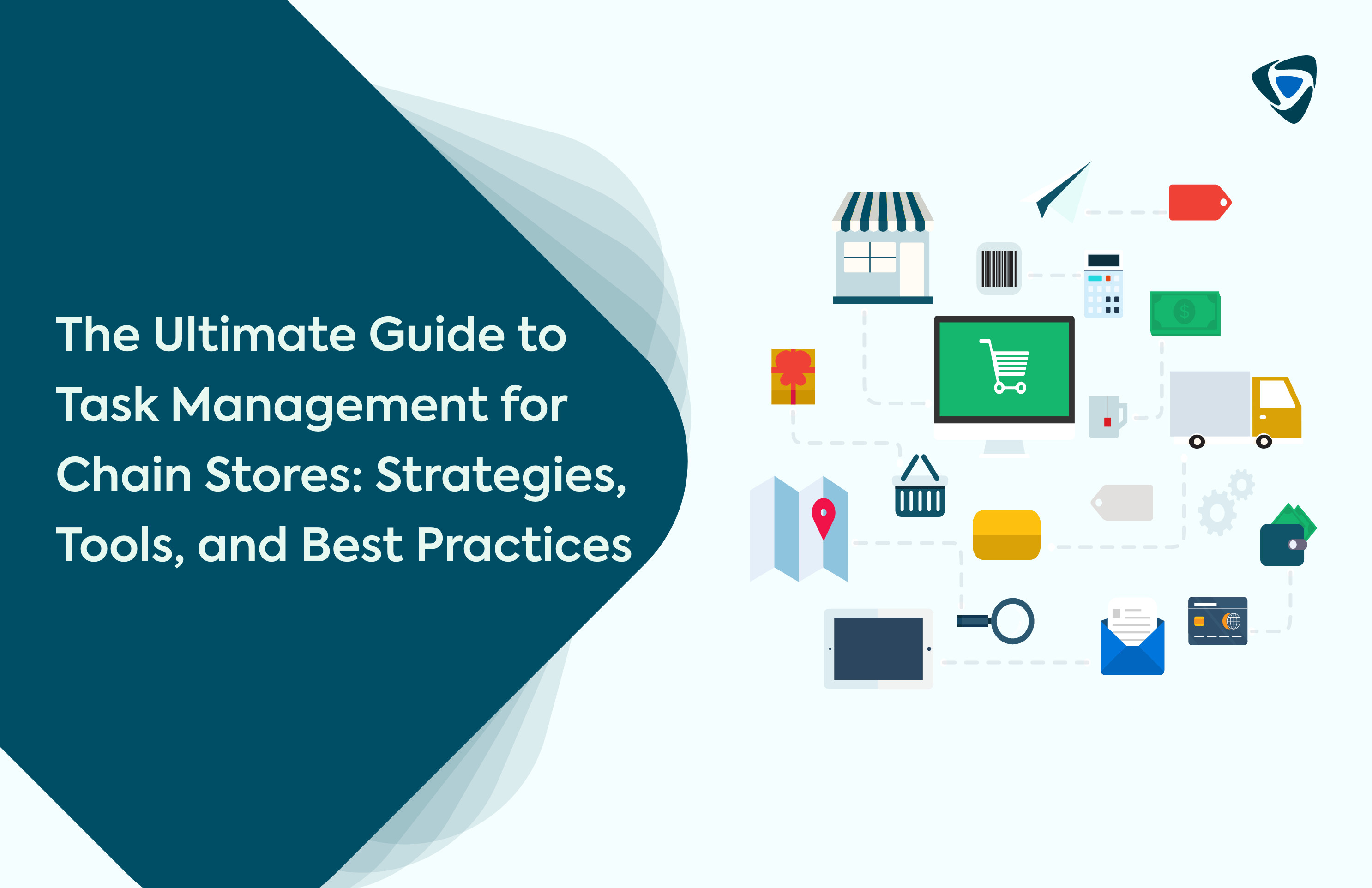Guide
The Ultimate Guide to Store Compliance Automation: Streamlining Retail Operations
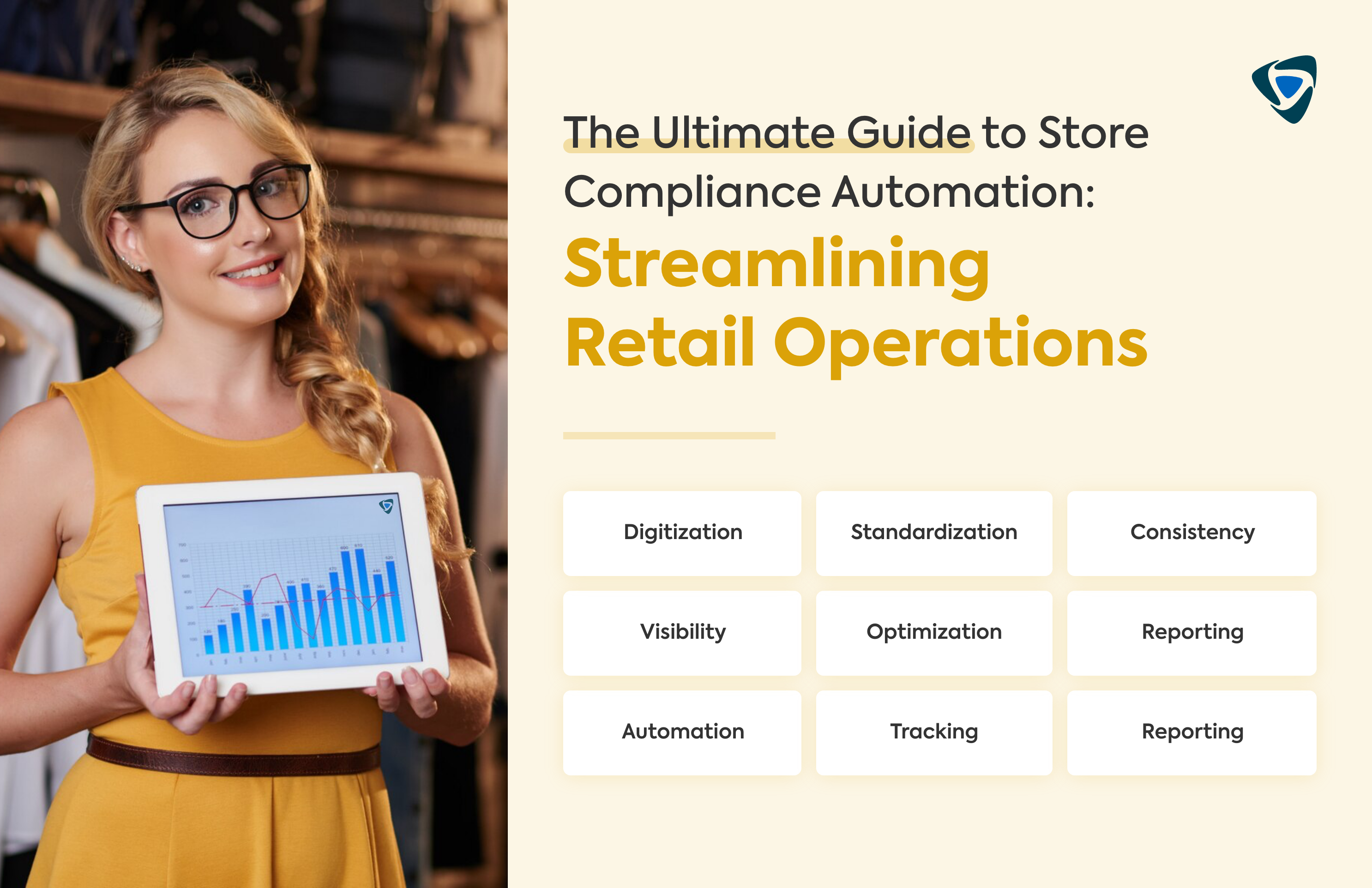
Operating retail stores requires daily adherence to a multitude of procedures, guidelines, and standards. Human error and inconsistent results across retail stores are common outcomes of manual compliance. It is where store compliance automation comes into play.
Store compliance automation optimizes the different operations for consistency and visibility by digitizing checklists, processes, audits, and more. Let’s examine how store compliance automation standardizes best practices, automates repetitive procedures, and offers real-time performance tracking and reporting.
What is Store Compliance Automation?
Store compliance automation is the systematization and enforcement of retail shop compliance procedures and guidelines via the use of digital tools and software. Paper-based checklists, audits, and other regular chores may be digitized to measure compliance with organizational standards in real-time across all locations.
Automation eliminates the human error that comes with manual compliance techniques. By using automated processes and reminders guarantee that best practices are continuously applied throughout the whole store.
For ease of access and analysis, data is digitally recorded, saved, and reported. In general, compliance automation improves efficiency, standardized processes, and increases visibility for multi-store retail operations.
Why is Compliance Important in Retail?
Compliance is essential for retail establishments to operate lawfully and reduce risk. Industry, health, and safety regulations must be followed; breaking them can result in fines or even the closure of businesses.
It affects the customer experience as well because shoppers become confused and dissatisfied when a business violates planograms, visual merchandising guidelines, or cleanliness protocols. Consumer trust in a retail brand is increased when compliance is consistent across locations.
It makes sure employees are adequately trained to prevent mishaps or legal action. Furthermore, compliance improves performance by following tried-and-true operational procedures and metrics. A retail business needs to be compliant in order to safeguard itself and keep its patrons.
Benefits of Automating Store Compliance
Store automation compliance transforms how retailers uphold standards in every retail store, from product safety to price accuracy to signage compliance. Let’s understand the main advantages that retailers have when they automate their store compliance initiatives.
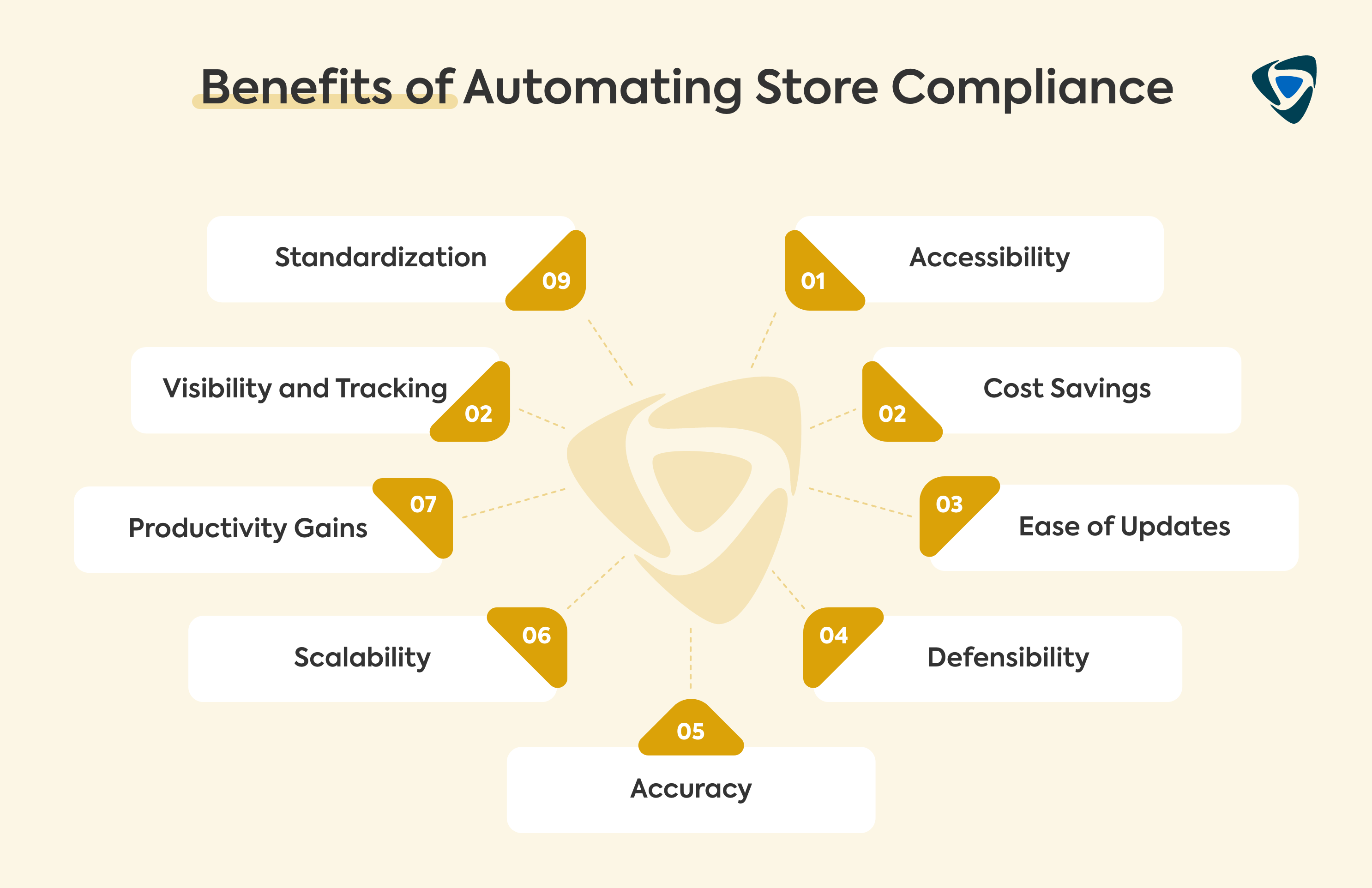
- Standardization: By using digital processes and reminders, automation guarantees that checklists, audits, and statements of purpose (SOPs) are implemented consistently throughout all locations.
- Visibility and Tracking: Complete visibility is provided via real-time reporting and tracking of compliance performance at the individual, local, and corporate levels. Any discrepancies are apparent right away and make monitoring progress simple.
- Productivity Gains: Manual, paper-based labor is replaced by automated processes. Employee time that might otherwise be wasted may now be used for higher-value tasks. Reduced non-compliance problems also increase productivity output.
- Scalability: Automation makes it simple to scale up compliance procedures as the retail network grows. The same compliance processes are onboarded to new sites more quickly.
- Accuracy: Automation improves data gathering and compliance implementation by removing human mistakes. Trustworthy insights enhance decision-making.
- Accessibility: Digital processes may be accessed on any device, at any time, and from any location. Employees may finish compliance-related duties even when they’re on the road.
- Cost Savings: Automation lowers the costs of printing, storing, and auditing related to paper-based compliance. Efficiencies reduce the total cost of compliance.
- Ease of Updates: Checklists, SOPs, and other materials may be automatically and centrally updated, propagating the most recent versions to every site in real-time.
- Defensibility: By demonstrating that due process was followed, digital documents and audit trails bolster compliance defensibility in the event of any regulatory proceedings.
Automating store compliance gives retailers a significant opportunity to save expenses, lower risk, and enhance customer satisfaction. Through the use of technologies like centralized reporting, IoT sensors, and computer vision, compliance is turned from an infrequent occurrence to a continuous process.
Key Features of Compliance Automation Software
Compliance automation software has become a top option for businesses looking to use technology to expedite compliance procedures. Modern software offers robust insight and control over retail operations by fusing elements from several technologies into consolidated platforms. Let’s look at some key features of compliance automation software.
- Digital Checklists and Workflows: Compliance software helps businesses move away from paper-based audits, standard operating procedures, and checklists and toward digital ones.
- Configurable Alerts and Reminders: The application allows users to set up escalations and reminders to make sure that shop personnel complete their assignments on time.
- Real-time Tracking and Reporting: Dashboard displays provide real-time visibility into compliance performance across several locations, allowing for real-time tracking and reporting. We can provide reports that are adaptable to your needs.
- Customizable Forms and Templates: Users can personalize compliance templates and forms with their questions, validations, and other features to meet their specific requirements.
- Role-Based Access Controls: Thanks to the software’s role-based access features, only employees with a legitimate business need to see or change data that pertains to their roles in order to stay in compliance may do so.
- Photo and Video Uploads: Store staff can capture photos or videos and submit them as evidence during digital compliance inspections.
- Location-Specific Compliance: The specific requirements of each retail outlet can inform the development of individualized compliance protocols and monitoring schedules.
Retailers may improve their compliance skills with a full suite of solutions offered by compliance automation software. Predictive analytics, automated workflows, and centralized reporting assist in making compliance a continuous process as opposed to a reactive one. The software pays for itself even if it is an investment since it increases productivity and prevents violations.
Implementing Store Compliance Automation
With the myriad advantages of store compliance automation, the question arises is how to implement it in your business operations. Let’s look at the steps of how retailers can automate their store compliance process with the right automation tool.
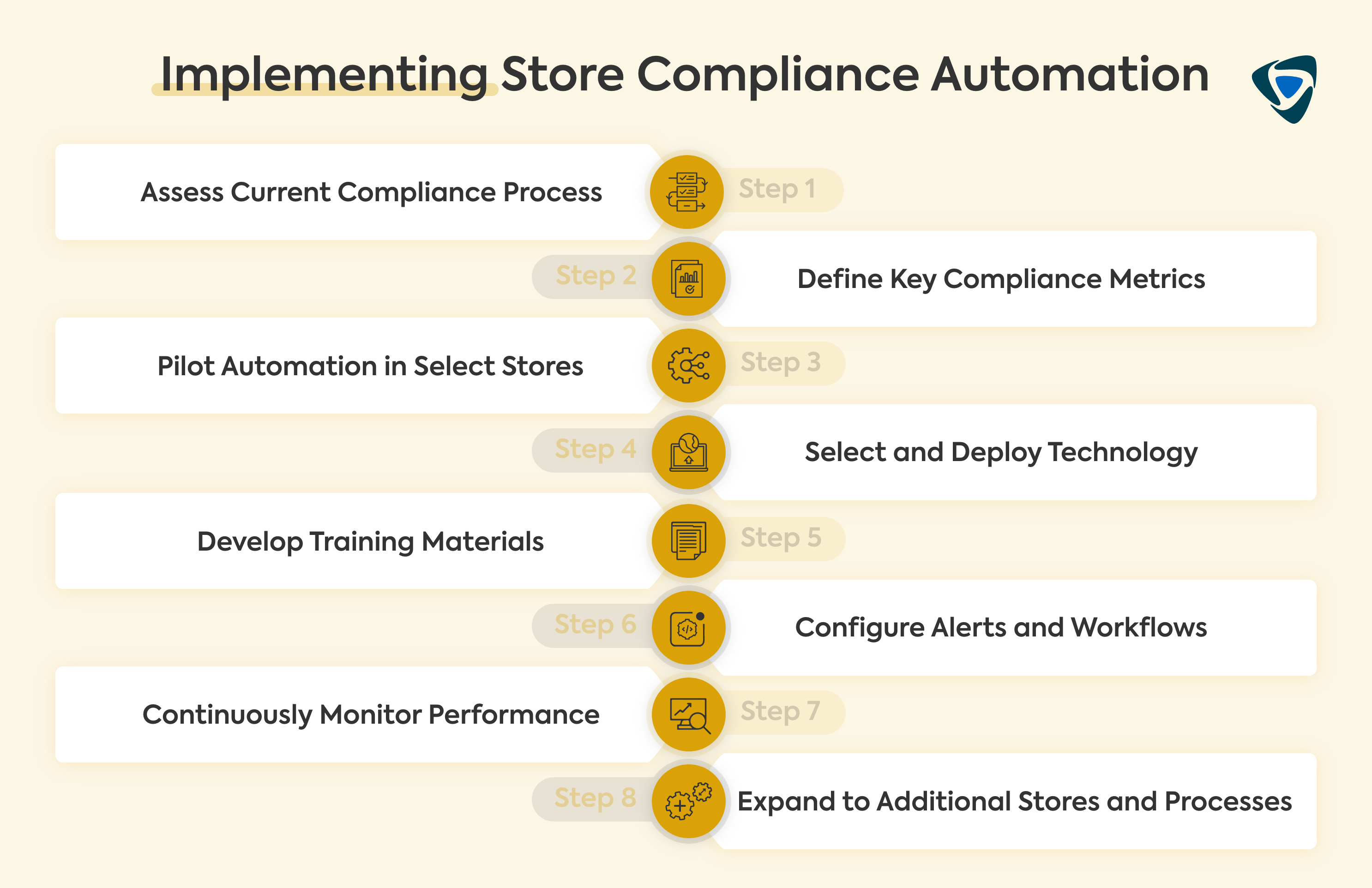
- Step 1: Assess Current Compliance Process
The first step is evaluating your existing compliance procedures. Document how audits are conducted, common issues found, locations involved, and time spent on tasks. This will reveal process inefficiencies and pain points to target with automation.
- Step 2: Define Key Compliance Metrics
The second step is to ensure there is agreement on what compliance success looks like by defining key performance indicators to measure, such as audit pass rates, issue resolution times, or policy adherence percentages. These KPIs will form the basis of your automated reporting.
- Step 3: Pilot Automation in Select Stores
The third step is starting small. Rather than attempting a big bang rollout, start small by automating a few critical compliance checks in a handful of stores. It allows refinements based on real-world use before a full rollout. Look for quick wins to build momentum.
- Step 4: Select and Deploy Technology
Now, research technologies like computer vision, sensors, mobile devices and centralized reporting platforms to automate prioritized tasks. Roll out equipment and integrate it with existing systems.
- Step 5: Develop Training Materials
Then, create online training modules and reference materials for store associates to learn how to use new automation tools. Remember that the goal is to assist the employees and not replace the workforce.
- Step 6: Configure Alerts and Workflows
Set up rules and workflows so the automation system will detect issues and notify the right teams to take corrective action. Ensure compliance gaps can be efficiently resolved.
- Step 7: Continuously Monitor Performance
Leverage automated reporting dashboards to track KPIs and identify underperforming locations continuously. It allows targeted improvements before major issues arise.
- Step 8: Expand to Additional Stores and Processes
As you address challenges, expand automation to more locations and additional compliance processes over time. Continual refinement will maximize results across the entire retail operation.
Retailers may meet the problems of automated store compliance by implementing store compliance properly and using a staged, iterative strategy. Success comes from getting started small, learning as you go, and improving over time. Automation has the potential to completely transform compliance initiatives with the correct strategy and support from stakeholders.
Top Tools and Software for Compliance Automation
Let’s look at the top software that revolutionizes store compliance and automates the process to drive growth and productivity.
Taqtics
Rating: 4.9/ 5 Stars
Leading platform for compliance automation and shop operations management, Taqtics assists restaurants and retailers in standardizing procedures and hiring staff. Taqtics enables businesses to automate audits and inspections at retail outlets, perform training modules with evaluations, and digitally carry out standardized operating procedures with its mobile app and web-based dashboard.
Taqtics’ AI and automation capabilities let managers see real-time information on compliance and retail operations through camera feeds that highlight problems with shelves or incorrect pricing. The system allows for the assignment and tracking of issues till resolution.
Taqtics also assist with data gathering forms to expedite procedures, messaging via a noticeboard function, and tracking attendance. Taqtics strives to assist businesses in enhancing customer satisfaction and increasing production through more effective operations by standardizing retail operations and making sure staff members follow the most recent protocols.
Drata
Rating: 4.5/ 5 Stars
Drata streamlines your compliance journey and helps you become audit-ready by enabling transparency in your security system and compliance substructure and by supporting compliance frameworks.
Integrate Drata with your SaaS providers to bring compliance status to a single platform. Drata is a customized compliance and security automation tool. It offers you total control and visibility into the security program and compliance status of your provider.
SOC 2, ISO 27001, HIPAA, GDPR, PCI DSS, CCPA, ISO 27701, Microsoft SSPA, NIST CSF, and NIST 800-171 are among the frameworks that Drata supports.
Vanta
Rating: 4.5/ 5 Stars
Vanta is an all-inclusive compliance software with automation features that helps your company streamline security and automate compliance. It automatically gathers evidence for security warnings because it integrates with cloud services. It guarantees that you are working with the appropriate vendor and that you adhere to the rules.
Scaling your security procedures and adhering to regulatory standards like SOC 2, HIPAA, ISO 27001, PCI DSS, and others is possible with Vanta.
It provides simple integration services for identity providers, cloud applications, and job trackers. Vanta not only gathers evidence for security warnings but also lets you know if your provider adheres to all applicable procedures.
Hyperproof
Rating: 4.5/ 5 Stars
Hyperproof is a powerful solution that streamlines your security and compliance management, helping your company prepare for audits by eliminating all manual effort related to evidence-keeping, testing, and control mapping.
Hyperproof effortlessly interacts with services in the areas of cloud storage, project management, communications, cloud infrastructure, DevOps, security, and business apps to ensure compliance fits into your workflow and business processes.
SOC2, ISO 27001, NIST 800-53, NIST CSF, NIST Privacy, PCI, SOX, and other standards are included in the compliance framework. Additionally, Hyperproof gives your company the ability to publish and maintain its unique proprietary frameworks on its platform.
Scrut
Rating: 4.5/ 5 Stars
Scrut is an automated solution for compliance that gathers and keeps track of your company’s security control data. It streamlines the compliance procedure, which facilitates an easy audit process.
Scrut offers a platform that combines several data security requirements, such as ISO 27001, SOC 2, GDPR, PCI-DSS, CCPA, and others, and helps your company get real-time information on its compliance roadmap progress until the rules take effect.
With capabilities like automated evidence mapping via many regulatory standards, it eliminates the need for repeating processes. Scrut also assists with document monitoring, security training, and staff onboarding.
Frequently Asked Question
Is automation expensive?
Automation pays for itself quickly through operational efficiencies, even though the upfront costs are expensive. Ongoing savings outweigh one-time investments, yielding high ROI typically within 12-18 months.
Will automation replace jobs?
No, employee time is better spent providing high-value customer service as the automation software performs the time-consuming and repetitive manual activities. Technology enhances efficiency; it does not supplant human workers.
Is it difficult to customize automation solutions?
You can configure most solutions to work with low-code or no-code languages. In addition, vendors offer implementation support to help businesses map processes with little effort according to their needs.
How do remote stores benefit from it?
It is now possible to accomplish work offline using mobile apps. Reconnecting causes data to sync automatically. On top of that, Internet of Things (IoT) sensors make it possible to monitor parameters remotely in real-time, even in areas with bad internet service.
 Schedule A Demo
Schedule A Demo 


